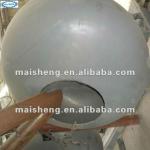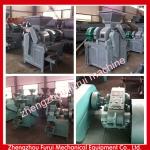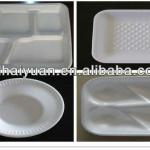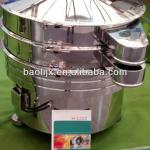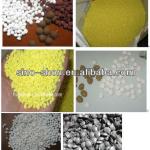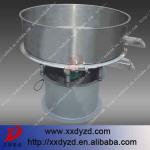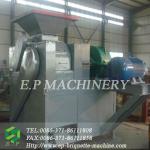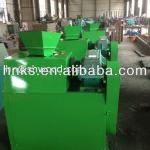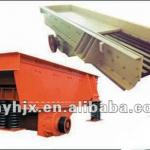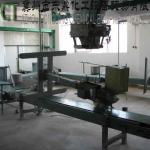plastination fuel refining line
| Product Type:Other | Place of Origin:Jiangsu China (Mainland) | Brand Name:TGM | Model Number:GS-RP-10T GS-DG-10T |
| RECYCLING TO FUEL:PLASTINATION FUEL | Machine Type:Other |
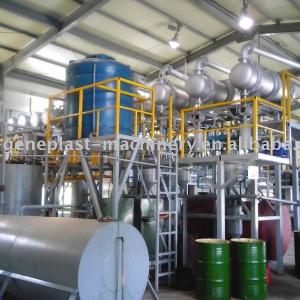
| Plastic-oil refining line GS-RP-10T GS-DG-10T | |||
1Introduction: The line use the electricity to heat, to realize the catalytic cracking under the natural pressure, The precess are; fed materials are no need washing, drying, sorting, automatic feed, automatic mixing, high temperature Deslagging to achieve continuous production, no secondary pollution emissions; atmospheric pressure operation , security, good electric kettle, the high heating andcooling speed, high thermal efficiency, durable, easy and convinient operation-maintenance, covering proper space, high production output (50% -90%); the final products are of good quality (light oil). In the catalytic cracking under the normal pressure to produce light oil, technical features of the line is as follows: ·Atmospheric catalytic cracking, automatic control, automatic feed, automatic Deslagging, continuous production ·Raw materials without washing, drying, sorting ·Deslagging high temperature, clean production ·high production output Plastic resin in a variety of hydrocarbon molecules-polymer as the main component, and also contain various additives, the type of resin and additives will affect both the performance of plastic products. There are more than 100 types of plastic, according to the properties of plastics can be divided into two types: (1) thermoplastic plastic: such as polyethylene, polypropylene, polystyrene, polyvinyl chloride, nylon, ABS, etc.. (2) Thermoset Plastics: If phenolic resin, epoxy resin, unsaturated polyester, etc.. In the daily lives of common plastic products are plastic sheeting, with packaging bags, Kuaicanan, foam, plastic bags, food and plastic products, such as scrap, the same point is all plastic oil are the main ingredients of C, H 2 RSS elements from the polymer. Petroleum (crude oil) the chemical composition of two categories: one category is hydrocarbon means that only with C, H elements, and the other non-hydrocarbons, which means that O, S, N, and other miscellaneous atoms. Plastic products derived from oil, plastic is the main ingredients in the oil hydrocarbon polymer compounds from the polymer. Waste Plastics pressure catalytic cracking fuel production is through the principle of nano-technology, to a certain temperature and the catalyst of the macromolecular chains contact interrupted, a smaller chain hydrocarbons, carbon chain structure usually in C 4 C to 20 between compounds here is gas, coal, diesel components. Catalytic Cracking waste plastics production of fuel for the reaction: After cracking, can be produced from waste plastic light fuel. One C 5 H 12 11-C H 24 for gasoline components, C 12 H 26 20-C H 42 diesel components. According to crude oil petrol, diesel fractionation further fractionation different points out gasoline, diesel and kerosene. 3Environmental Protection: Plastic waste residue catalytic cracking after the screening can supply rubber industry, which more than 400 heads of the carbon black rubber filler industry. Gas are also low-carbon chain flammable gas, collected life as a compressed gas into fuel. No secondary pollution equipment as a whole, is to thoroughly deal with the "white pollution" of environmental protection equipment. 4factory labor organizations and the personnel A. specialized technical personnel: 2 (an electrician, and a maintenance technician to be trained by TGM) B. daily shifts: 6 during daytime hours, C. night work 4. 5plant requirements, power supply Power: area 3,000 M2; Production plant500M2. |
.

| Packaging Detail:international standard packing way |
| Delivery Detail:2 months |



